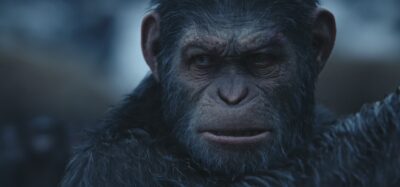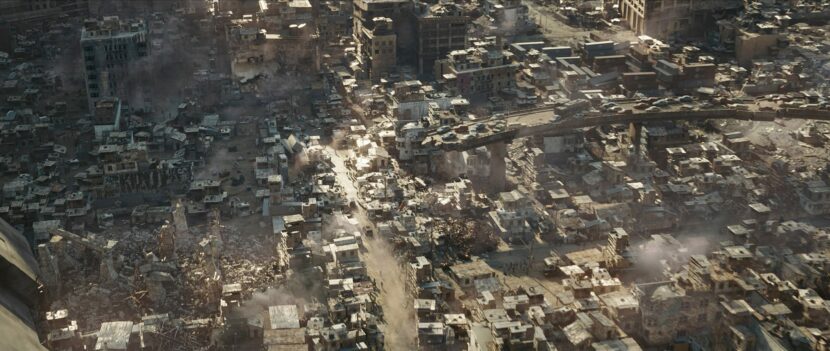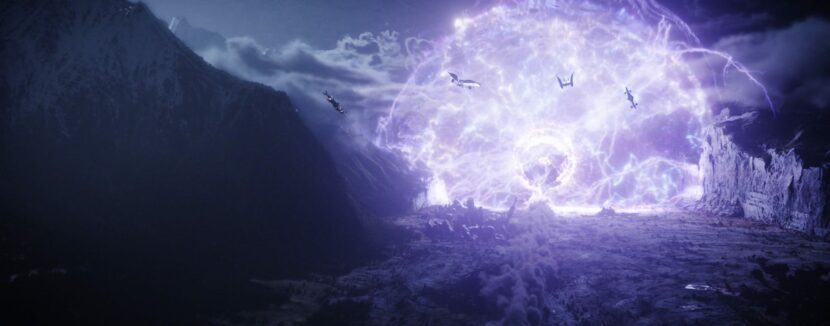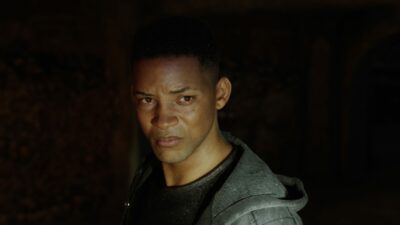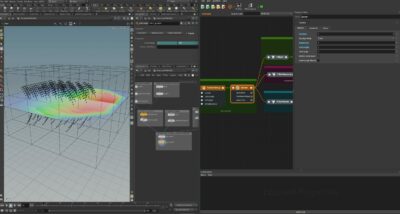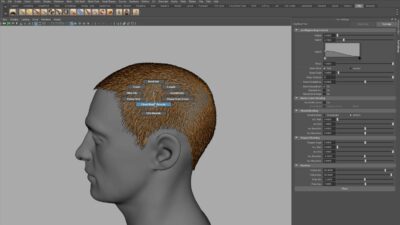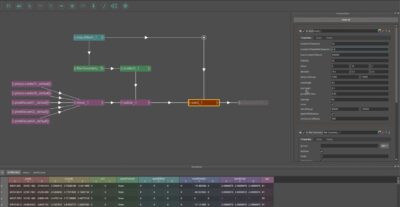Unity has just announced that it has entered into a definitive agreement to acquire Weta Digital, specifically its artist tools, core pipeline, intellectual property, and award-winning engineering talent. The Academy Award-Winning VFX service teams of Weta Digital will be known as WetaFX and will become Unity’s largest customer in the Media and Entertainment space. Weta Digital’s VFX teams will continue to exist as a standalone entity, WetaFX, under majority ownership by Sir Peter Jackson and helmed by CEO Prem Akkaraju.
“Weta Digital’s tools created unlimited possibilities for us to bring to life the worlds and creatures that originally lived in our imaginations,” said Sir Peter Jackson, Chairman & Co-Founder, Weta Digital. “Together, Unity and Weta Digital can create a pathway for any artist, from any industry, to be able to leverage these incredibly creative and powerful tools. Offering aspiring creatives access to Weta Digital’s technology will be nothing short of game-changing and Unity is just the company to bring this vision to life.”
Unity wants to combine the industry-leading VFX tools and technical talent from the team at Weta, with the real-time knowledge of Unity, to target the potential of the metaverse.
With this transaction, Unity will acquire:
- Weta’s world-class engineering talent of 275 engineers that are known for architecting, building, and maintaining Weta Digital tools and core pipeline;
- Dozens of industry-leading tools such as Manuka, Gazebo, Barbershop, Lumberjack, Loki, Squid, Koru, and more, all integrated seamlessly into Weta’s production pipeline;
- A foundational data platform for interoperable 3D art creation, making it easy for hundreds of artists to work seamlessly together; and
- A library of thousands of incredible assets that the WetaFX team will continue to accumulate as they create VFX in the years ahead.
“Weta Digital’s sophistication is represented by dozens of tools that all build on the same, unified pipeline. Alone, each tool is uniquely powerful, but as a complete platform, they represent a quantum shift in our ability to make it easy for artists to bring their imagination to life and work together like never before,” said Marc Whitten, Senior Vice President and General Manager of Unity Create. “We are excited to work closely with WetaFX to continue to push the edge of the art of possible with these tools and to bring them to VFX, entertainment, and eventually gaming and other artists as we evolve our pipeline for content creators.”
Tools Summary
This list represents just some of the breadth and depth of innovation from Weta Digital’s 15 years of deep research and development. Individually, these tools are capable of spectacular results, but their real power is as part of a unified pipeline allowing changes made using one tool to instantly be reflected in another tool and allowing groups of artists to collaborate in the pursuit of their vision. These tools have been foundational in award-winning TV and films like Avatar, Black Widow, Game of Thrones, Lord of the Rings, Planet of the Apes, Wonder Woman, The Suicide Squad, and more.
Manuka:
Manuka is the flagship spectral path-tracing renderer used to generate Weta’s final shots and is able to produce physically accurate results based upon specific spectral lighting profiles of each element and at each stage in a VFX pipeline from the actual individual filters and lens to the specifics of each camera sensor.
Gazebo:
Gazebo is the core interactive renderer used for viewing scenes in real-time with visual fidelity inside any pipeline attached application. Since the Gazebo real-time rendering of the 3D viewport approaches the same results from Manuka, artists can iterate in the context of the final frame regardless of which application they use. Gazebo is also the core of the production pipeline for Weta’s pre-visualization and virtual production and MoCap workflows.
Loki:
Loki provides physics-based simulation of visual effects including water, fire, smoke, hair, cloth, muscles, and plants. Physical accuracy for complex simulations is delivered through the use of cross-domain coupling and high-accuracy numerical solvers.
Physically-based workflows: Tools including PhysLight, PhysCam, and HDRConvert provide the foundation for lighting and color workflows. Using these tools, artists can create spectral-based lighting and accurately replicate effects of different lenses, sensors, and other parts of the pipeline, resulting in a physically accurate rendering workflow for both Gazebo and Manuka.
Koru:
Koru is an advanced puppet rigging system optimized for speed and multi-character performance. Using Koru, technical directors and developers can create constraints, rigs, deformers, and puppets to support high-performance animation, cloth simulation, and similar applications.
Facial Tech: Facial Tech provides advanced facial capture and manipulation workflows, using machine learning to support direct manipulation of facial muscles and transferring actor face capture onto a target (puppet) model.
Barbershop:
Barbershop is a suite of tools for hair and fur that supports the entire workflow from growth through grooming. Artists can use a combination of procedural and artist-guided tools to grow hair and fur, adjust growth patterns, and groom the final model. Advanced procedural tools support concepts such as braided hair, and the resulting models are simulation-ready to provide realistic dynamics resulting from motion and wind.
Tissue:
Tissue enables artists and animators to create biologically accurate anatomical character models that accurately represent behaviors of muscle and skin, and transfer the resulting characters into simulation tools.
Apteryx:
Apteryx provides artists with a complete workflow starting with procedural generation of feathers, hand sculpting, and grooming for animated feathered creatures and costumes.
World-Building: These tools include Scenic Designer and Citybuilder to support world-building, layout, and set dressing ranging from planet-scale to small-scale scenes. With these tools, artists can procedurally create scenes with node graphs, place content programmatically, and manually adjust placement.
Lumberjack:
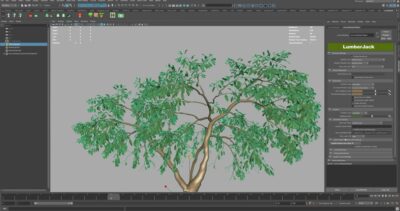
Lumberjack provides the core toolset for vegetation and includes modeling, editing, and deformation tools. Using Lumberjack, artists can author and edit plant topology including animated geometry, manage levels of detail, instancing, and variability among individual assets.
Totara:
Totara is a procedural growth and simulation system for vegetation and biomes that integrates with Lumberjack to create large-scale and complex scenes procedurally. Using Totara, artists can grow individual trees and entire forest biomes, grow other vegetation such as vines, adjust growth parameters and control biomechanics, add snow cover, and reduce the complexity and size of scenes.
Eddy:
Eddy is an advanced liquid, smoke, and fire compositing plug-in for refining volumetric effects. Eddy allows artists to generate new, high-quality fluid simulations and render them directly inside their compositing environment.
Production Review:
HiDef and ShotSub are the foundation for production review. HiDef is a core tool for production review, with features for note-taking, version browsing, and more, integrated with a color-accurate browser and playback engine. ShotSub is a core tool for production review, with tools to prepare artist work for review with the appropriate color space, frame ranges, and settings for frame rate and resolution.
Live Viewing:
Live viewing tools support the mixing of computer-generated (CG) content in real-time with on-set camera feeds. These tools support live mixing for on-set viewing, live compositing of CG elements onto chromakey or other CG elements, depth-based live compositing, and projection of face capture onto a motion capture puppet.
Projector:
Projector is a production tool supporting scheduling, resourcing, and prediction, with controls for data access and analytics to improve production decision-making.
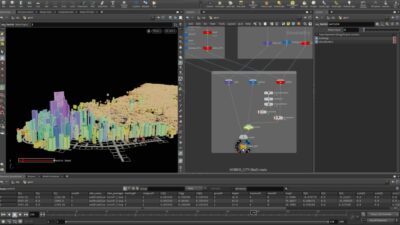
Asset library
Another amazing element of this acquisition is the asset library that Unity will inherit from Weta Digital, which includes urban and natural environments, flora and fauna, humans, man-made objects, materials, textures, and more. The WetaFX team will continue their industry-leading VFX work for major film and TV productions and feed into this Unity asset library moving forward.
To achieve the full potential of Weta’s tools, Unity aims to unify these pipeline tools to deliver content across the spectrum from cinematic realism to real-time XR on mobile devices. This includes linking these capabilities with Unity’s other content tools and services such as SpeedTree, with tools for scaling vegetation from VFX to real-time, and Pixyz, which provides sophisticated services for managing large, complex models.
Unity’s intent is to cloud-enable these tools and ensure they easily integrate with the workflows artists already use. It should still be easy to take advantage of these advanced capabilities directly in the digital content creation (DCC) tools such as Maya and Houdini, and it should be easy to move and manipulate content into the Unity engine to round trip.
Unity is stating that it will allow users to use the DCC canvas that artists already know and also get access to a growing set of powerful tools used in Weta made movies like Avatar and Wonder Woman, and get incredible content from the content library to use in user’s own projects.
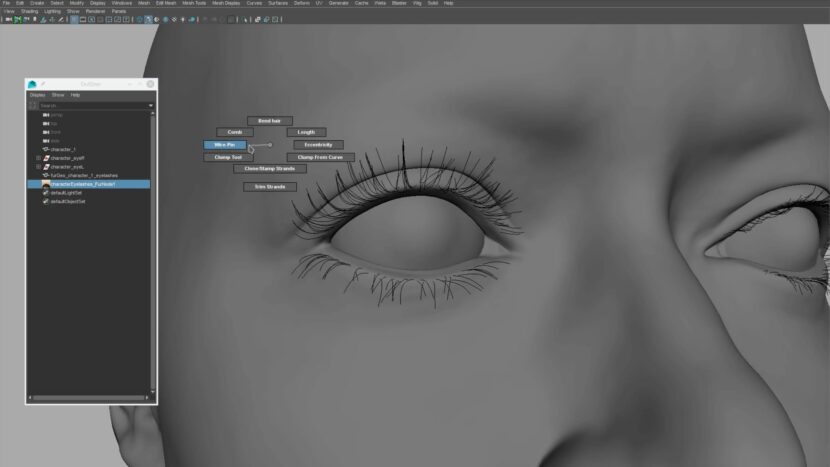
Deal closing
Under the terms of the agreement, Unity will acquire Weta Digital for US$1.625B in a combination of cash and stock. Prem Akkaraju, who joined Weta Digital as CEO in early 2020 and is the creator of Weta’s cloud commercial service, will remain Chief Executive Officer of WetaFX. Joe Marks, Weta Chief Technology Officer, will join Unity as Chief Technology Officer of Weta Digital. The proposed acquisition is expected to close during Unity’s fourth quarter 2021 and is subject to customary closing conditions.

